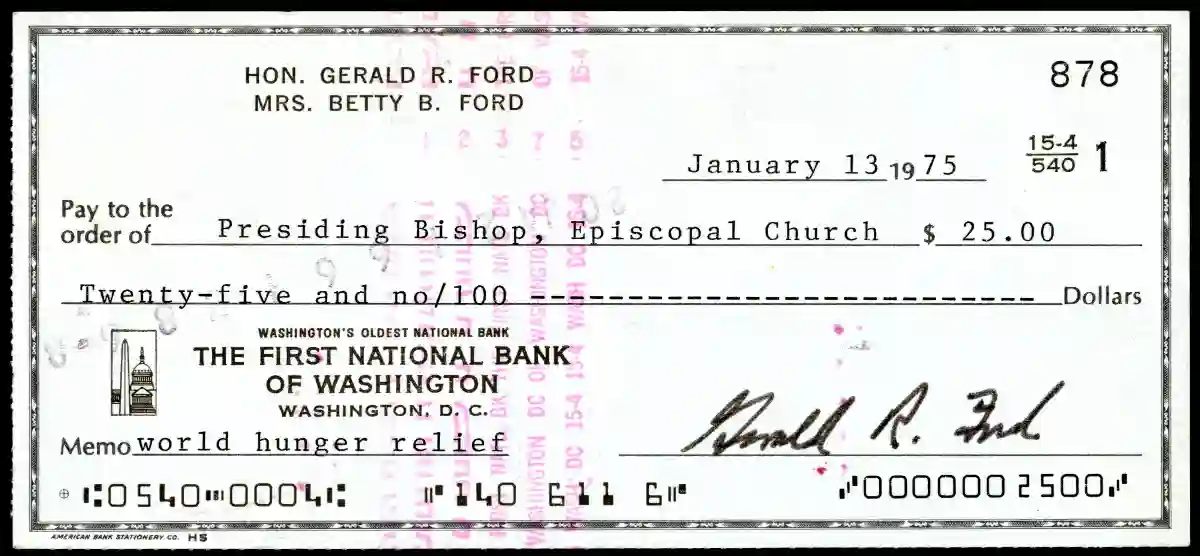In the world of fashion, it’s not uncommon for people to buy shoes, use them once, and then return them. The common practice is to tape bottom of shoes to return them. This practice, while frowned upon, is especially prevalent with expensive items like designer shoes. However, to successfully return a pair of shoes, they must appear unused and unworn – though some stores do not mind minor impairments. One method some people use to achieve this is by taping the bottom of the shoes. This article will guide you through the process.
How to Tape Bottom of Shoes to Return Them
Returning a pair of shoes after wearing them might seem like a tricky task, but with the right materials and techniques, anyone can do it. This guide will walk you through the process of taping the bottom of shoes to preserve their condition, allowing them to be returned to the store.
Materials Needed
- Masking tape or duct tape
- A razor or sharp scissors
- Goo Gone or similar adhesive remover
- The shoes
1. Clean the Soles
Before you tape bottom of shoes to return them, ensure that the soles of the shoes are clean and dry. Any dirt or moisture can prevent the tape from sticking properly.
2. Cut the Tape
Cut pieces of painter’s tape or electrical tape according to the size of the shoe’s sole. You can even use painter’s tape as it stays on well and comes off even easier without leaving any residue. However, electrical tape can also be used as it’s thick and comes off easily.
3. Apply the Tape
Start applying the tape from the heel toward the toe. Make sure to cover the entire sole without leaving any gaps. The tape should not extend beyond the sole as it can affect the shoe’s appearance and comfort.
You can put masking tape on the bottom of the shoes to ensure that it perfectly covers the part that gets scratched. This will protect the soles from any damage while the shoes are worn.
Alternatively, you can use duct tape. Apply three layers of duct tape, trimming it with a razor so it fits the shape of the sole perfectly.
For better protection, apply multiple layers of tape. This is especially important if the shoes will be worn outdoors or on rough surfaces.
4. Trim Out Excess
First, use your fingers to smooth out the tape, ensuring there are no bubbles or wrinkles. This step is crucial for maintaining the appearance of an unworn shoe. Then use the scissors to trim any excess tape from around the edges of the sole. Be careful not to cut into the shoe itself. Repeat the process for the other shoe.
5. Wear the Shoes
With the tape applied, you can now wear the shoes. Be careful while walking to avoid any actions that might damage the shoes above the sole.
6. Remove the Tape
After wearing the shoes, carefully remove the tape. If you used duct tape, there might be some adhesive residue left on the soles. In this case, use a product like Goo Gone to remove it.
7. Return the Shoes
With the tape removed and the soles clean, the shoes should be in a condition suitable for return. Remember to package them in their original box and include all original accessories.

Things to Remember
While this method can keep the soles of your shoes clean, it’s not foolproof. The tape can come off if you walk on rough surfaces or if the shoes get wet. Also, the tape might leave a residue on the soles, which could be a giveaway that the shoes have been worn.
Moreover, remember that it is not universally accepted to tape bottom of shoes to return them. Many stores have strict return policies that prohibit the return of worn items, and using tape to circumvent these policies could be seen as dishonest.
Always respect the store’s return policy and only return items that are genuinely unworn and in their original condition.
Data on Shoe Returns
Based on popular opinion, when a customer returns a pair of shoes after wearing them, it may hurt the salesperson’s commission (depending on the store). This incident sparked a debate about the ethics of returning worn items and the impact of such practices on retail workers.
Meanwhile, shoppers return 5-10% of what they purchase in stores but 15-40 % of what they buy online. Average return rates vary by category, but clothing and shoes bought online typically have the highest rates with 30 to 40% returned, according to Consumer News and Business Channel (CNBC).
Some people point out that a good fashion stylist knows to put tape on the bottom of shoes to return them “unused.” This suggests that taping shoe soles is known in some fashion circles, though it’s unclear how widespread it is.
However, the majority of the focus is on the ethical implications of returning worn items and the need for stores to have clear and fair return policies. Many users express sympathy for the salesperson who may have their commission affected due to returns. So, before you make a return make sure it is clearly stated on the store’s policy that “returns are welcome”.
Pros and Cons of Taping Shoe Soles
| Pros | Cons |
|---|---|
| Protects the soles from dirt and damage | Can leave residue if not removed carefully |
| Allows for the return of shoes in their original condition | A common practice in the fashion industry |
| Common practice in the fashion industry | Effectiveness can vary depending on the type of shoes and tape used |
Conclusion
Many buyers have found taping the soles of shoes to be effective when returning them in their original condition. However, consider the ethical concerns about this practice and make an informed decision. Remember, the goal is not to deceive the retailer but to maintain the shoes in the best possible condition. If the shoes are damaged or worn beyond what would be expected from trying them on in the store, it’s only fair to keep them rather than return them.
Ultimately, while taping shoe bottoms can keep them clean and potentially returnable, it can be unethical if your actions affect other people. Do not make it a habit or a career in returning worn shoes back to stores.




